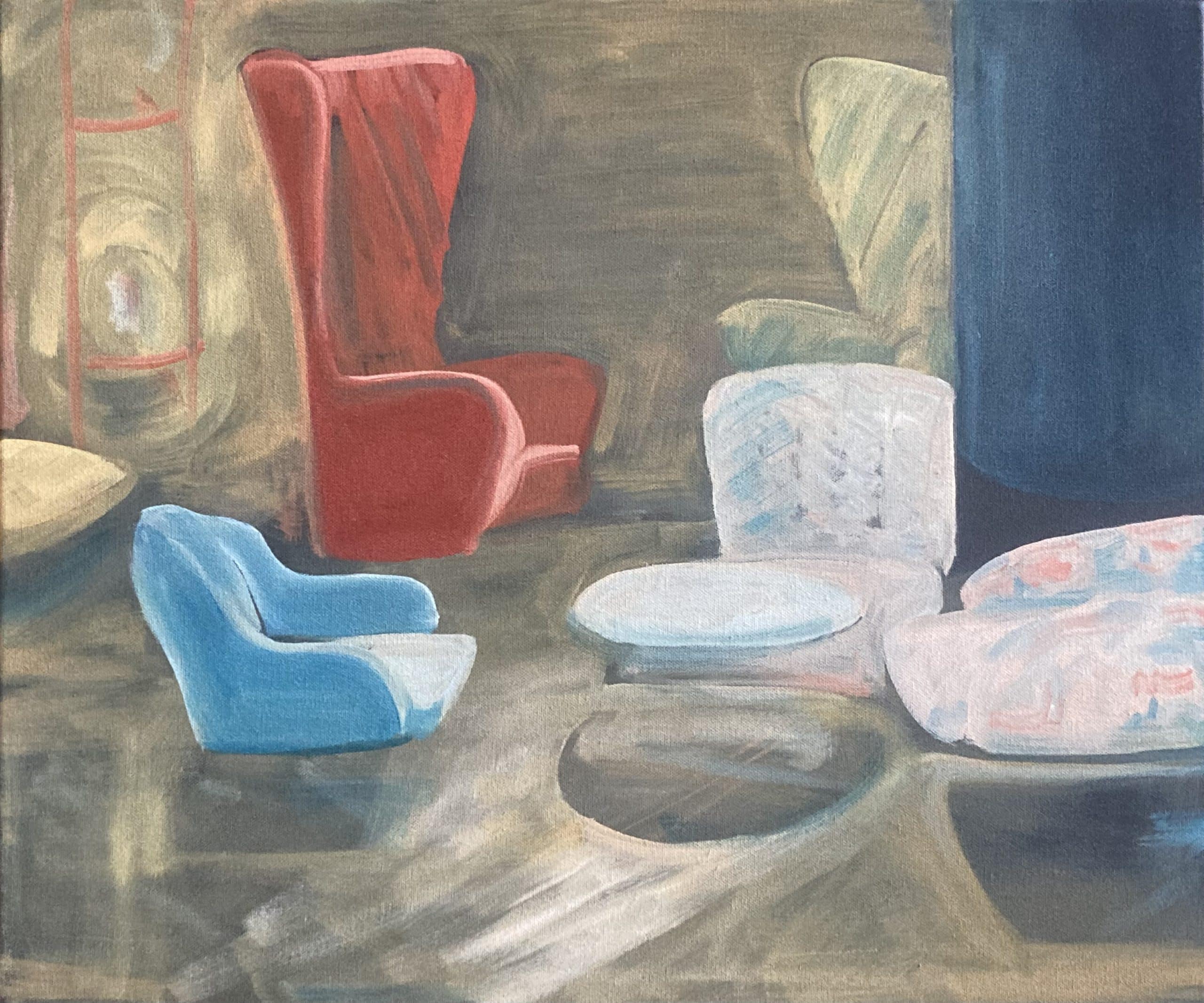Since generative artificial intelligence tools became widely available to the general public just over a year ago, many debates and discussions about their place in our society have been ignited. One of the burning questions is whether art created solely through image-generated AI tools such as Midjourney is valid.
Some artists have embraced the use of AI in their work, seeing it as an opportunity to create new perspectives and styles, much like photography did back in the early 19th century. It can be a powerful tool for inspiration, throwing up unexpected connections and sparking off new ideas and concepts.
However, AI naturally raises questions about the authenticity of artwork. To what extent does it enhance human thought and emotional depth, and to what extent does it distort or flatten it? Some artists are understandably disturbed and threatened by the blurring of the boundaries between art and technology, both for artistic and ethical reasons.
The Guardian reports that the art world is starting to show disquiet at the way generative tools such as Midjourney operate, after it was revealed that the work of 16,000 artists was used to train its AI. A list of names has been published, including highly acclaimed artists such as David Hockney, Tracey Emin, Damien Hirst, and Anish Kapoor.
This has led to ten US artists launching a lawsuit against a group of four image generating AI firms, with some British artists considering taking similar action in the UK. At the heart of the issue is infringement of copyright, but of course it raises many more questions about the authenticity of art and the threat to the future livelihood of artists.
The Design and Artists Copyright Society (DACS) is advocating a licensing system to ensure that artists receive royalties if their work is used by AI firms. However, a similar concept for musicians whose work is on Spotify is not entirely successful, as even established recording artists tend to make very little money from it.
Some of the most widely reproduced AI images are based on the work of Sci-fi artist Chris Foss, who is 77 years old and does not use any technology. He has only just become aware of the situation.
He commented: “People who really know my work would instantly recognise these are not by me. They have a certain flatness – a lack of depth.”
However, he was not entirely hostile to the possibilities of AI and the help that it could bring him.
Foss said: “I’ve got to deliver about 80 paintings. I have to solve all sorts of problems with lighting and composition and things like this. And I’m looking at these [AI] things, thinking, you know what, I can download those, play with those, and I’ve got a bloody good painting. They’ve already solved all the problems for me.”
He added that he felt confident clients would seek out original artworks, and did not appear to be personally threatened by the merging of art and AI.
If you have got a favourite image, whether created through technology or the human hand alone, please visit our framing shop in north London and we will help you to display it to perfection.
